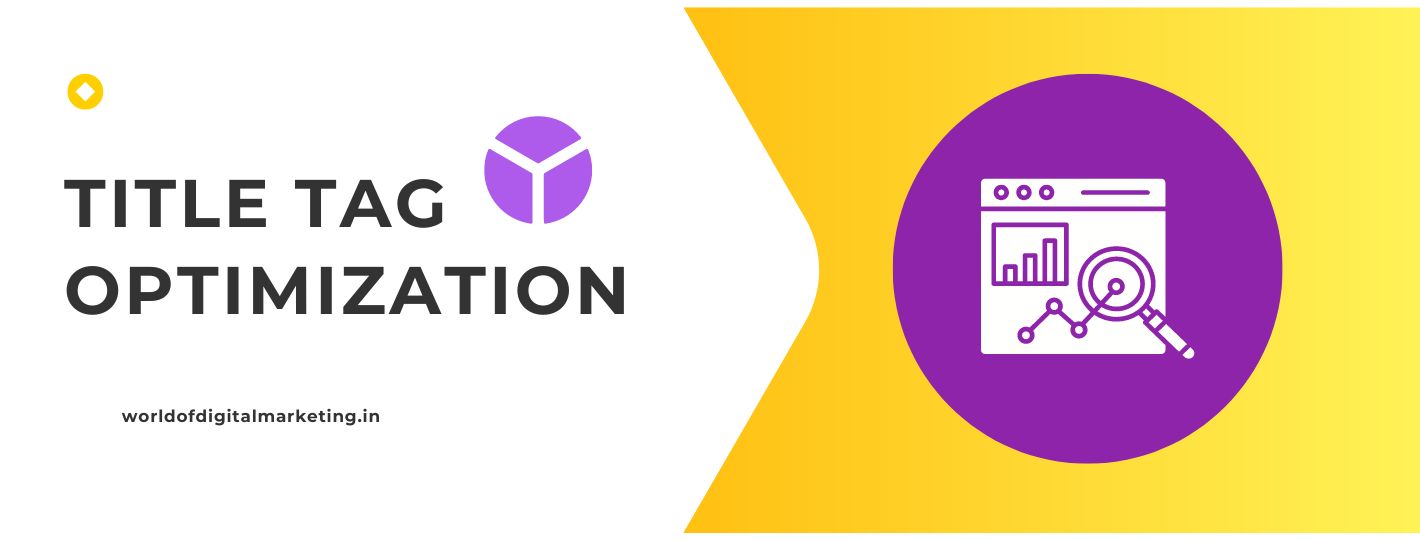Complete Guide To SEO For Beginners.
Search Engine Optimization (SEO) is a critical aspect of digital marketing that focuses on increasing the visibility of a website in search engine results pages (SERPs). By optimizing various elements of a website, businesses can improve their search engine rankings, drive more organic traffic, and ultimately increase conversions. This article delves into the types, applications, and importance of SEO.
What is SEO?
SEO stands for Search Engine Optimization. It is the practice of enhancing a website to make it more attractive to search engines, such as Google, Bing, and Yahoo. The goal is to rank higher in SERPs, which increases the likelihood of attracting visitors to the site. SEO involves a combination of on-page and off-page strategies, including keyword research, content creation, link building, and technical optimization.
Types of SEO
1. On-Page SEO
On-page SEO focuses on optimizing individual pages of a website to improve their search engine rankings. Key elements include:
- Keyword Optimization: Identifying and using relevant keywords in content, headings, and meta descriptions.
- Content Quality: Creating valuable, engaging, and informative content that meets the needs of the target audience.
- Title Tags and Meta Descriptions: Writing compelling titles and meta descriptions that include target keywords.
- URL Structure: Ensuring URLs are clean, descriptive, and include keywords.
- Internal Linking: Linking to other relevant pages within the website to improve navigation and SEO.
Important Terminologies Related To On-Page SEO.
2. Off-Page SEO
Off-page SEO involves activities conducted outside the website to improve its ranking. Key elements include:
- Backlink Building: Acquiring links from other reputable websites to increase domain authority.
- Social Media Marketing: Promoting content on social media platforms to drive traffic and engagement.
- Guest Blogging: Writing articles for other websites to gain exposure and backlinks.
- Influencer Outreach: Collaborating with influencers to promote content and acquire backlinks.
3. Technical SEO
Technical SEO focuses on the backend aspects of a website to ensure search engines can crawl and index it effectively. Key elements include:
- Site Speed: Optimizing website load times to enhance user experience and ranking.
- Mobile-Friendliness: Ensuring the website is responsive and accessible on mobile devices.
- XML Sitemaps: Creating and submitting sitemaps to search engines for better indexing.
- Robots.txt: Managing which pages search engines should crawl and index.
- Structured Data: Implementing Schema Markup to help search engines understand the content better.
4. Local SEO
Local SEO aims to optimize a website for local search results, making it more visible to users searching for businesses in a specific geographic area. Key elements include:
- Google My Business: Creating and optimizing a Google My Business profile.
- Local Citations: Listing the business in local directories and ensuring NAP (Name, Address, Phone number) consistency.
- Local Keywords: Using geo-specific keywords in content and meta tags.
- Customer Reviews: Encouraging and managing online reviews to build trust and credibility.
Applications of SEO
1. E-commerce
SEO is crucial for e-commerce websites to increase product visibility and attract potential customers. Optimizing product pages, descriptions, and images can lead to higher rankings and more sales.
2. Content Marketing
SEO complements content marketing by ensuring that the content created is easily discoverable by search engines. This involves keyword research, creating high-quality content, and promoting it through various channels.
3. Local Businesses
Local SEO helps local businesses attract customers from their vicinity. Optimizing for local search queries and maintaining a strong online presence can drive foot traffic and local sales.
4. Blogging
Bloggers rely on SEO to reach a broader audience and increase engagement. By targeting specific keywords and optimizing blog posts, bloggers can improve their search engine rankings and attract more readers.
Importance of SEO
1. Increased Visibility
SEO helps websites rank higher in search results, increasing their visibility to potential customers. Higher visibility means more traffic and opportunities for conversions.
2. Cost-Effective Marketing
Compared to paid advertising, SEO is a cost-effective way to attract organic traffic. While it requires time and effort, the long-term benefits and ROI can be significant.
3. Improved User Experience
SEO involves optimizing various aspects of a website, such as site speed, mobile-friendliness, and content quality. These improvements lead to a better user experience, which can reduce bounce rates and increase engagement.
4. Builds Credibility and Trust
Websites that rank higher in search results are often perceived as more credible and trustworthy. SEO helps establish a website’s authority and reliability in its niche.
5. Competitive Advantage
In today’s digital landscape, businesses that invest in SEO have a competitive advantage over those that don’t. Staying ahead of the competition requires ongoing SEO efforts and adaptation to algorithm changes.
Conclusion
SEO is an indispensable component of digital marketing that offers numerous benefits, from increased visibility and traffic to improved user experience and credibility. By understanding the different types of SEO and their applications, businesses can implement effective strategies to enhance their online presence and achieve their marketing goals. Investing in SEO is not just about staying relevant—it’s about gaining a competitive edge in an ever-evolving digital world.

